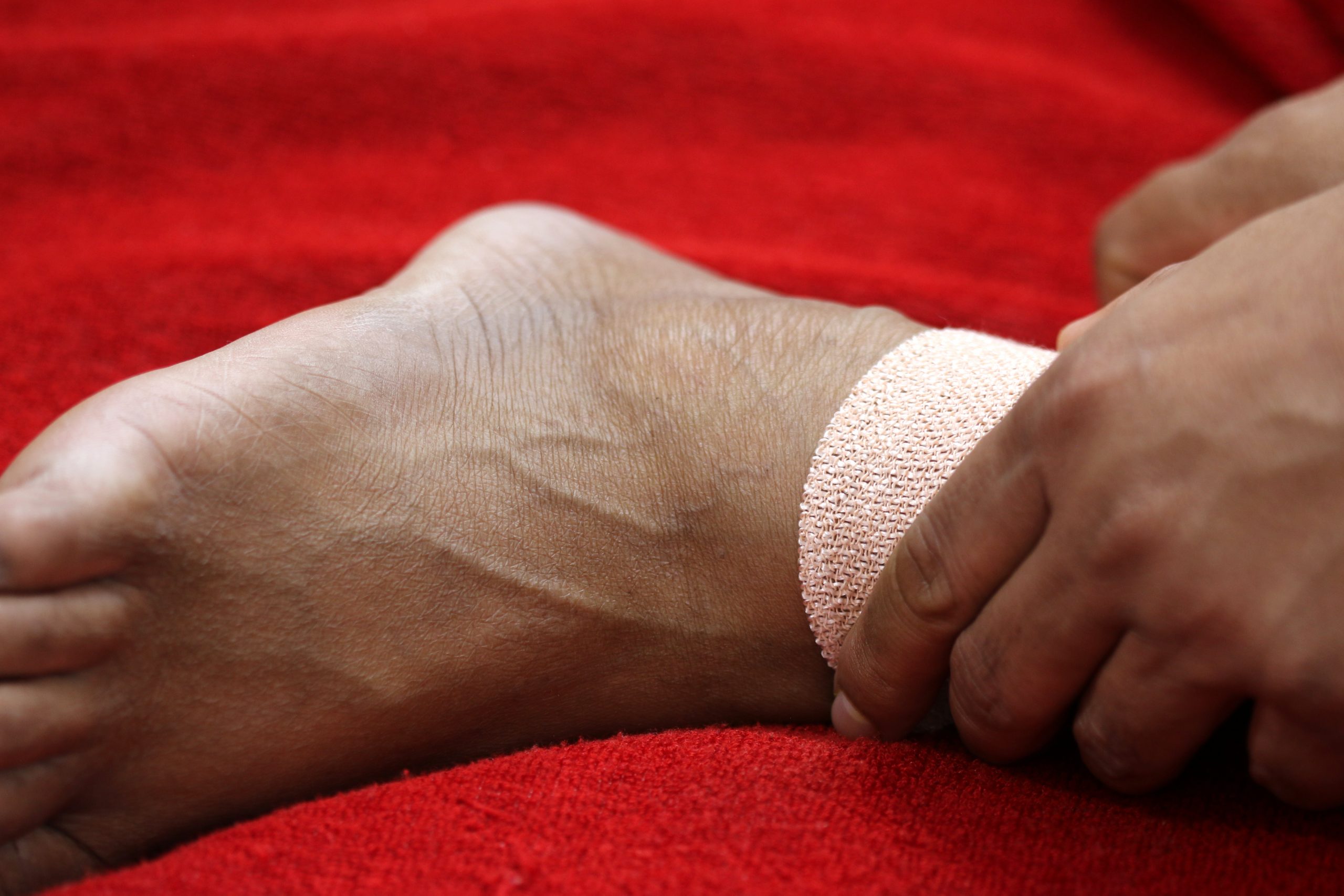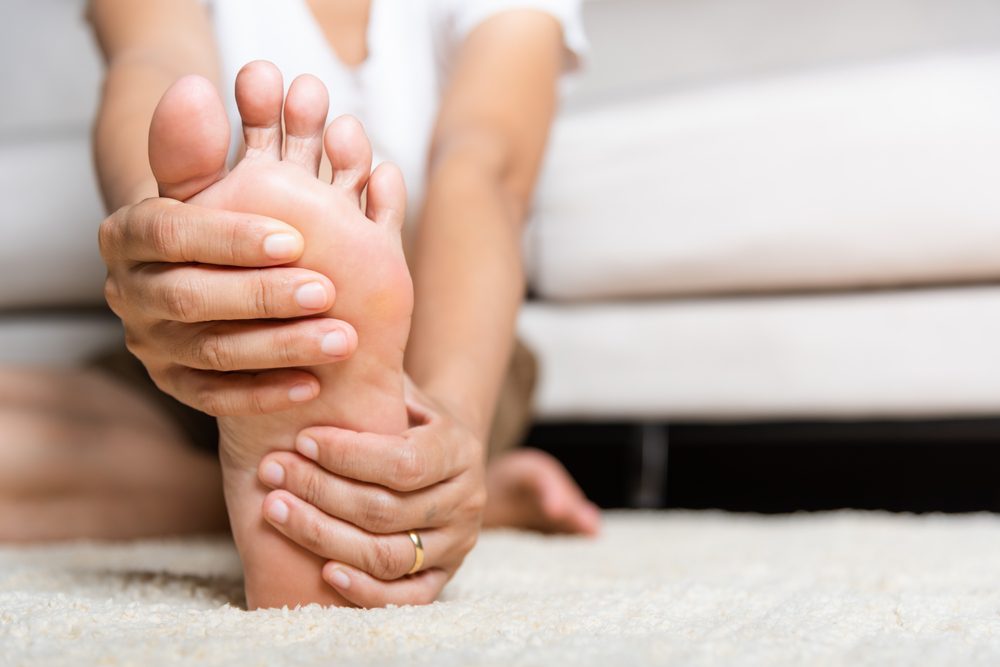Foot injuries disrupt your daily routine, especially if you lead an active lifestyle or play sports. Whether you’ve experienced a scrape, cut, blister, or deeper wound, how you treat your injury right after it occurs affects how quickly and safely you recover. Here is why timely wound care helps the healing process:
Acting Fast for Better Results
When a foot injury occurs, acting quickly prevents problems before they start. Timely wound care protects the injured area and reduces delays in your body’s healing process. If you address wounds promptly, you create a safer environment for your skin and tissues to recover.
The skin on your feet works as a strong barrier against germs, but bacteria have an easy path inside once broken. Even minor cuts or scrapes on your feet are at risk of developing infections, especially if exposed to sweat, dirt, or bacteria from shoes and socks.
Treating wounds immediately involves thoroughly cleaning the injured area with mild soap and water. Applying an appropriate antiseptic helps fight bacteria. A clean, covered wound minimizes the risk of infection, leading to a smoother healing process.
Improving Circulation
Foot and ankle injuries often affect areas with less blood flow. Good blood circulation is necessary for transporting oxygen and nutrients to the wound site. When you provide timely care by cleaning and protecting your wound, you support proper circulation and prevent swelling or further complications.
Elevating your foot after washing and dressing the wound helps reduce inflammation and improves blood return to the heart. This practice enhances healing, especially for those often on their feet or engaging in athletic activities.
Promoting Tissue Growth
Healing depends on the body’s ability to rebuild tissue. Prompt attention prepares the wound bed for new cell growth. Keeping a wound moist and protected with the right dressing speeds up this process and encourages the formation of healthy tissue. Moist wound environments have been shown to reduce discomfort and scarring. Check your bandage regularly and change it as instructed to keep the wound clean.
Minimizing Complications
Ignoring even a small foot wound might lead to greater issues later. Delayed care increases the risk of infection, delayed healing, and even long-term problems with mobility. Active adults and athletes must get back on their feet quickly, so avoiding setbacks is key. Timely wound care lowers the chance of developing complications such as chronic wounds, abscesses, or more severe infections.
Practical Tips for Faster Healing
Keeping your wound clean and properly dressed is essential for preventing infection and promoting healing. Follow your healthcare provider’s instructions, including using recommended ointments or medications to support recovery. Maintaining a balanced diet rich in nutrients can boost your body’s natural healing process.
- Clean the wound gently as soon as possible.
- Use an appropriate ointment or antiseptic.
- Cover the wound with a clean, non-stick bandage.
- Keep the injury elevated when resting.
- Avoid putting pressure on the wound while it heals.
Ask a Foot and Ankle Doctor About Wound Care
Prompt wound care supports your body’s natural healing abilities. By focusing on infection prevention, boosting circulation, and maintaining healthy tissue growth, you create the best environment for a swift and smooth recovery. Listen to your body, protect your feet, and seek guidance from a healthcare provider if your injury doesn’t improve. Take action early and contact a foot and ankle doctor to learn about healing faster.
Recommended Articles





Leave a Reply